|
I am a big proponent of plants that have interest in more than one season. By that, I mean they look good beyond just the period of their bloom. A plant that has nice flowers in the spring, colorful foliage or berries during fall, and an attractive shape year-round often brings more value to a landscape than a plant that blooms for two weeks or so and then disappears. Despite this, there are some plants that make such an impact when they bloom that they will always have a fit in landscapes, whether they bring anything else to the table or not. One shrub that fits this description is forsythia.
other deciduous trees and shrubs in the fall. They are somewhat gangly, their leaves are bland, they don’t have colorful berries, and their bark is unimpressive, so forsythia’s ornamental value is for all intents and purposes limited to about two weeks of the year. However, it makes a substantial impact during that time, particularly because it does so when little else is providing landscape color. Plants like forsythia that have such a short window of ornamental value can be tough to incorporate in the landscape. Forsythias seem to fit best in mixed borders – areas where they are in close proximity to other plants. In those situations, forsythia can shine when it’s in bloom, but remain somewhat hidden by other shrubs during the remainder of the year. It also does well en masse, when several forsythias are grown together, or on slopes or banks where its arching shape works well with the contour of the land. It is not generally appropriate for use in foundation plantings, however. Because of its loose nature, it will either look messy in foundations if unpruned or its bloom will be negatively impacted if pruned enough to be kept inbounds. Forsythias can grow to 8-10 feet high and wide and needs to be given that much space to grow.
be scorched or discolored during the heat of summer or during dry periods, but the leaves of this variety do increase the usual period of interest significantly. Because of their early bloom, forsythias are an indicator of the coming spring, and all that comes with it. Gardeners who battle with crabgrass in their yard often use the bloom of forsythia as a reminder to apply preemergent herbicide to prevent crabgrass, as germination of crabgrass seeds typically starts shortly after forsythias bloom. Matthew Stevens is the County Extension Director and horticulture agent for North Carolina Cooperative Extension’s Pitt County Center. If you have any questions about this article or other aspects of your home gardening, please contact the Pitt County Master Gardener Infoline at 252-902-1705.
Photos and information found at NC Extension Gardener Plant Toolbox: https://plants.ces.ncsu.edu/plants/forsythia-x-intermedia/common-name/border-forsythia/
0 Comments
Leave a Reply. |
Matt Stevens
Pitt County Extension Director & Horticulture Agent Archives
July 2024
Categories |
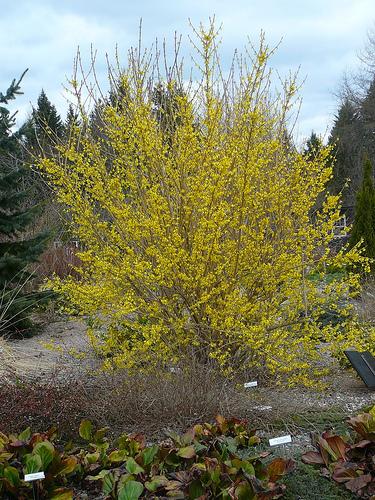
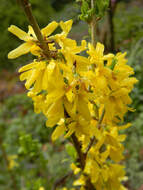
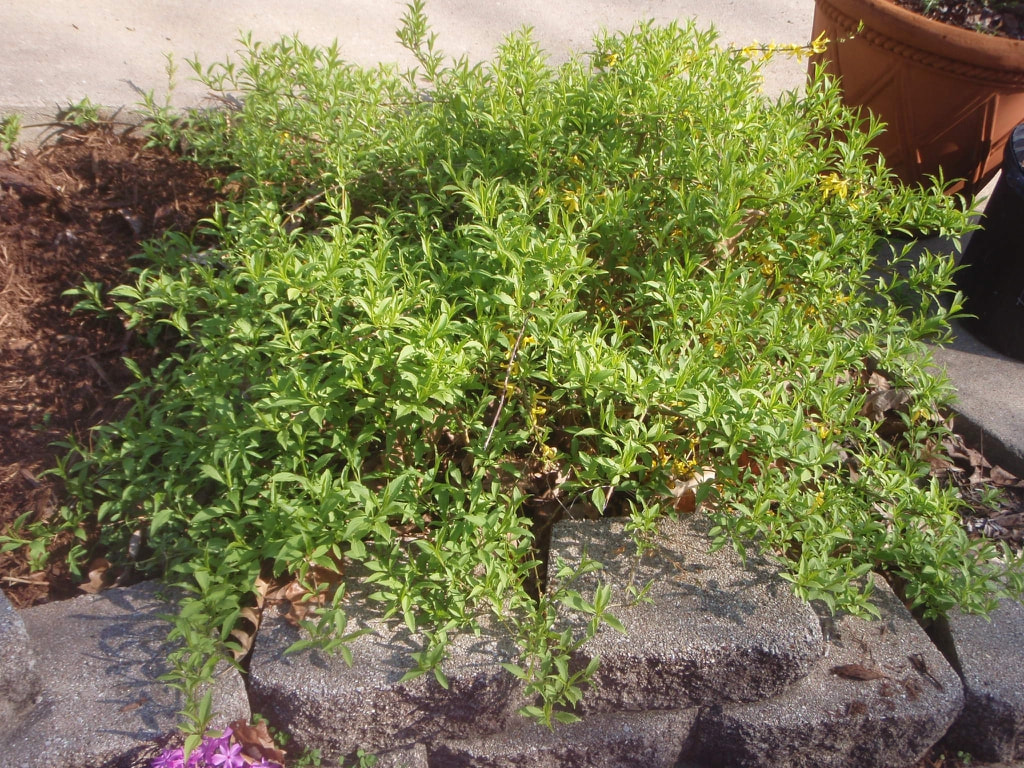
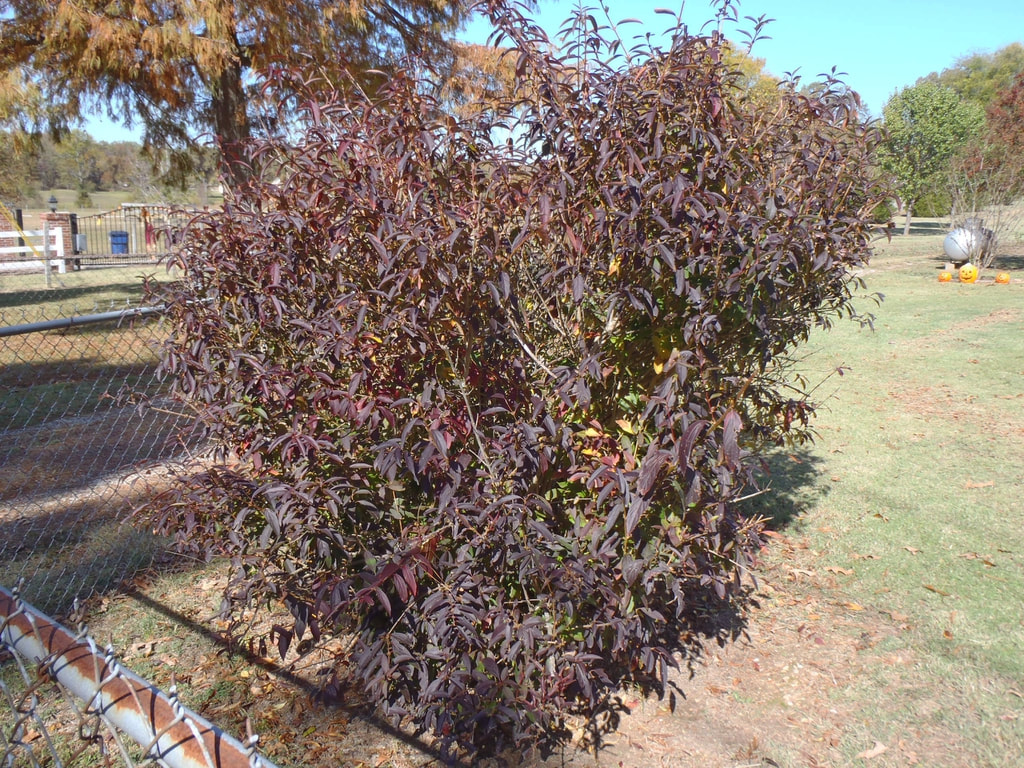
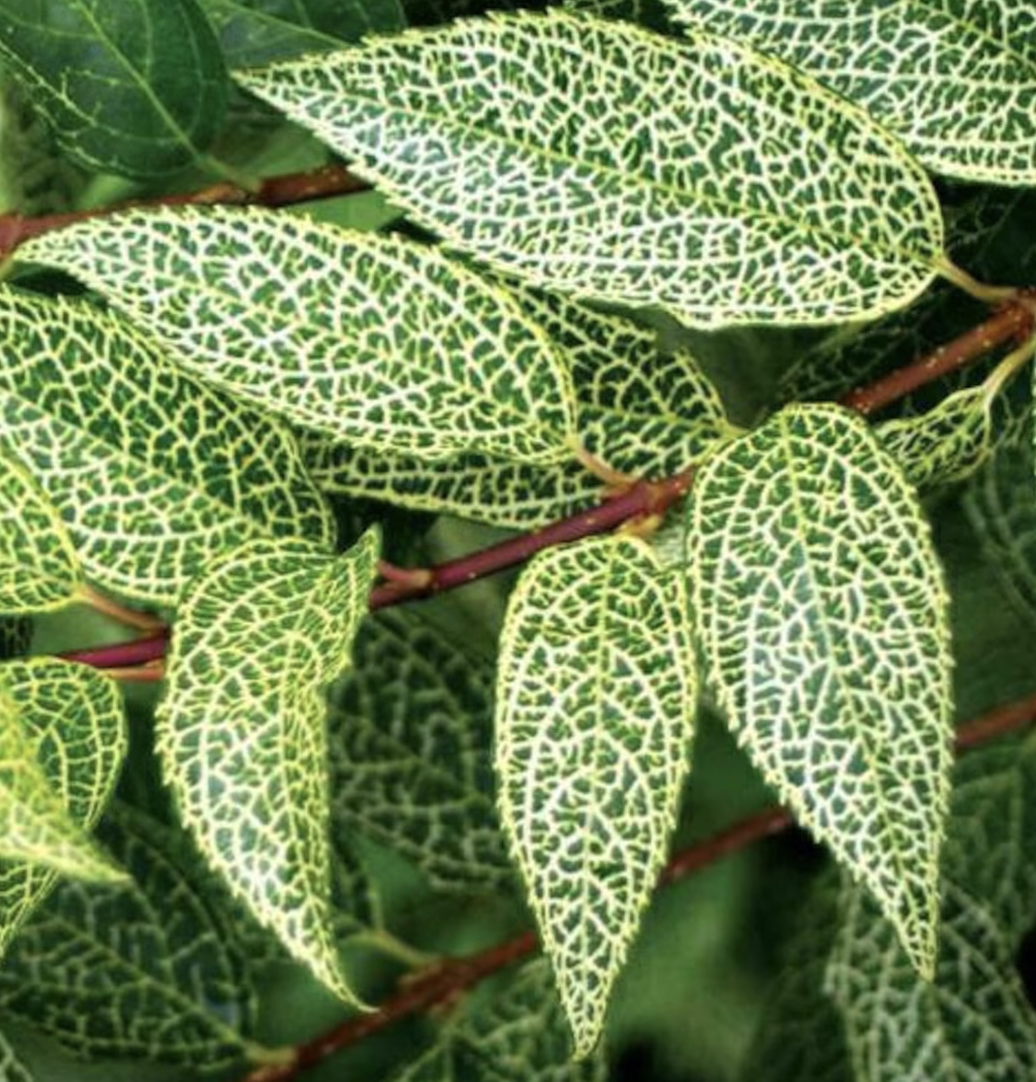
 RSS Feed
RSS Feed